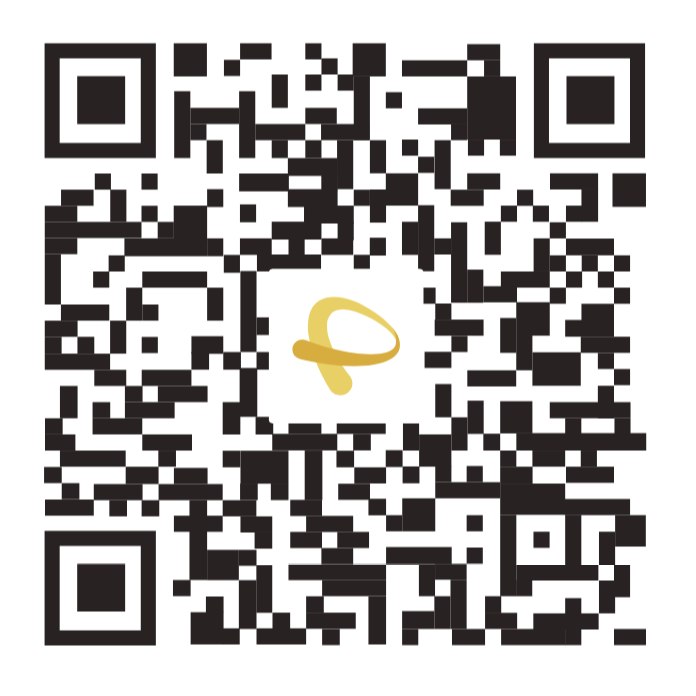In the world of online payments and card transactions, CVV (Card Verification Value) plays a critical role in ensuring security. Understanding CVV is essential for anyone using credit or debit cards, especially when making online purchases. This article will explore the meaning of CVV, its functions, and how it impacts the security of your transactions.
What is CVV? Definition and Explanation
CVV refers to the Card Verification Value, which is a three- or four-digit code found on your credit or debit card. It serves as a security feature to verify that the person making an online transaction is in possession of the physical card. The CVV code is typically located on the back of your card (for MasterCard, and Discover) or the front (for American Express cards). This unique number is used to protect against fraud in card-not-present transactions, such as online or over-the-phone payments.
The Function and Use of CVV
The primary function of CVV is to enhance security in card transactions. When making online purchases, merchants ask for your CVV to ensure that the transaction is legitimate. Since this code is not stored in the magnetic stripe or chip, it can only be found on the card itself, making it difficult for hackers to retrieve it through unauthorized access to your card details. CVV provides an extra layer of protection to safeguard against fraud.
Why is CVV Important?
CVV is crucial because it reduces the risk of fraud during online transactions. Without the CVV, it would be easier for thieves to make unauthorized purchases using stolen card numbers. CVV ensures that even if someone gets hold of your card number, they would still need the physical card to complete a transaction, which helps prevent misuse.
How to Find Your CVV Code
Finding your CVV is simple. For most cards, the CVV is a 3-digit number located on the back of the card, usually on the signature strip. For American Express cards, the CVV is a 4-digit number located on the front of the card, just above the card number. Always make sure to keep this information private to avoid potential theft.
The Relationship Between CVV and Credit Card Security
CVV is a vital component of credit card security. When you enter your CVV during an online purchase, it serves as a confirmation that the person making the purchase has physical access to the card, adding another layer of authentication. This makes CVV an essential part of the Payment Card Industry Data Security Standard (PCI DSS), which ensures that credit card transactions are processed securely.
Types of CVV: Dynamic and Static
There are two main types of CVV codes:
-
Static CVV: This is the traditional CVV code that remains the same every time you use your card. It is usually found on the back or front of the card and doesn't change.
-
Dynamic CVV: Also known as a one-time password (OTP), a dynamic CVV changes with each transaction. This type of CVV is often used in advanced payment systems or with mobile wallets to increase security.
Things to Consider When Using CVV
While using your CVV is necessary for online transactions, it’s important to follow some best practices to ensure your security:
-
Always enter your CVV on secure, trusted websites.
-
Never share your CVV code via email, phone, or messages.
-
Be cautious when entering your CVV on unfamiliar sites to avoid falling victim to phishing scams.
Common CVV Questions and Answers
Q: Can someone use my CVV without my card? A: No, the CVV is a security feature that requires the physical card for a transaction to be processed. If someone has stolen your card details and CVV, they could potentially make fraudulent purchases, but it’s unlikely without physical access to the card.
Q: Is it safe to save my CVV for future transactions? A: While some online retailers allow you to save your CVV for future purchases, it’s always safer to enter it manually for each transaction. If you do save it, ensure the website is secure and trusted.
The Risks of CVV Theft
If someone gains access to your CVV, they could use it to make unauthorized purchases. This can happen through phishing attacks, data breaches, or if your physical card is lost or stolen. In these cases, you should immediately contact your bank or card issuer to block the card and prevent further misuse.
How to Protect Your CVV Information
To protect your CVV information, follow these tips:
-
Use encrypted websites (indicated by HTTPS) when entering payment details online.
-
Avoid using public Wi-Fi for financial transactions.
-
Regularly check your credit card statements for any suspicious activity.
-
Keep your physical card secure and never share your CVV with anyone you don’t trust.
PhotonPay: One Card to Pay Globally
PhotonPay offers a secure and efficient global payment solution with its PhotonPay card, designed to handle international transactions with ease. PhotonPay ensures the protection of your CVV through robust security features, allowing you to make payments confidently across borders.
PhotonPay card is a multi-currency card jointly launched by PhotonPay and renowned international card networks and issuers. Covers all online and offline consumption scenarios through Mastercard / Discover® Global Network. With Photon Card, businesses can spend for Media Buying, OTAs, B2B Procurement, Supply Chain Management, Freelancing and more. Photon Card empowers enterprises to complete global payments efficiently and cost-effectively.




